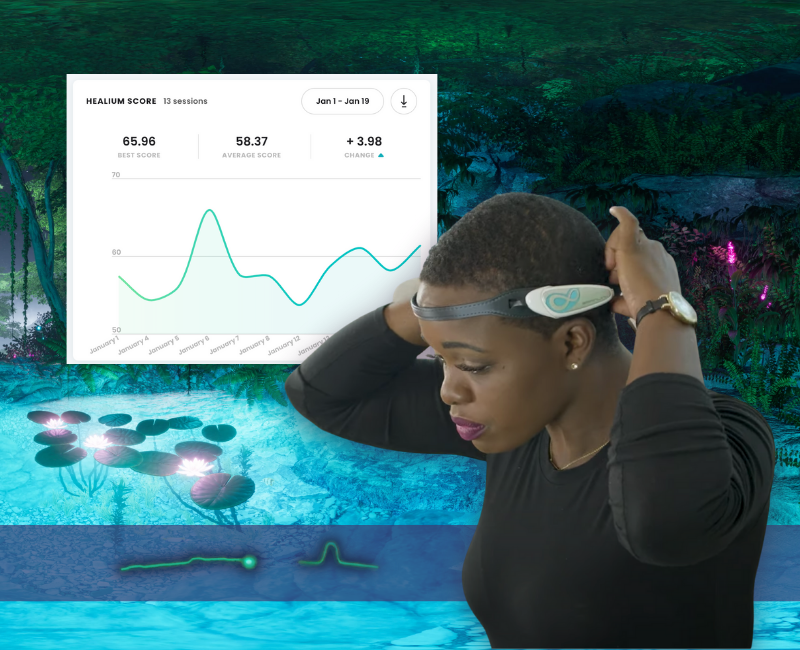Revealing the Link Between qEEG and Slumber Apnea Trends for Improved Diagnosis and Therapy
Revealing the Link Between qEEG and Slumber Apnea Trends for Improved Diagnosis and Therapy
Blog Article
Sleep hypopnea is a prevalent sleep disorder that impacts many people around the world. It happens when a individual's breathing is disrupted during sleep, leading to subpar slumber quality and various medical issues. One of the ways scientists and physicians are working to improve understand and identify sleep apnea is through a method called quantitative electroencephalography, or qEEG. This approach assesses the electronic activity of the brain and can provide valuable understandings into how sleep apnea affects brain activity and overall health.
qEEG entails placing small electrodes on the head to capture cerebral waves. These brain oscillations are then examined to detect patterns that may indicate sleep disorders, including sleep apnea. By analyzing these trends, medical professionals can obtain a more precise understanding of how sleep apnea disrupts normal cerebral activity during sleep. This data can be essential for formulating effective treatment plans tailored to specific clients. Comprehending the connection between qEEG and sleep apnea can lead to improved diagnostic techniques and superior results for those impacted by this condition.
Research has demonstrated that people with sleep apnea often display specific alterations in their brain wave patterns. For example, during episodes of apnea, the cerebrum may exhibit heightened activity in certain areas while other areas become less engaged. These alterations can influence how effectively a individual sleeps and how rested they feel upon waking. By using qEEG to monitor these cerebral wave trends, physicians can recognize particular continue reading this traits of sleep apnea in clients, which can assist in making a more accurate diagnosis. This is especially important because sleep apnea can sometimes be confused for alternative sleep disorders, leading to inappropriate therapies.
In furthermore to enhancing identification, qEEG can also serve a part in assessing the efficacy of therapies for sleep apnea. For example, after a client starts employing a continuous beneficial airway force (CPAP) device, which helps maintain the passage clear during slumber, qEEG can be utilized to evaluate alterations in cerebral function. If the cerebrum exhibits enhanced trends of slumber after initiating treatment, it may suggest that the treatment is functioning well. This response can assist physicians formulate required modifications to therapeutic strategies, guaranteeing that clients obtain the best care possible.
Overall, the connection between qEEG and sleep apnea patterns is an promising area of study that holds promise for enhancing diagnosis and therapy. By comprehending how sleep apnea impacts brain function, healthcare providers can develop more effective strategies to assist clients attain improved slumber and enhance their overall well-being. As research continues to evolve, it is probable that qEEG will turn into an integral instrument in the battle against sleep apnea, resulting to better outcomes for those who suffer from this challenging disorder.